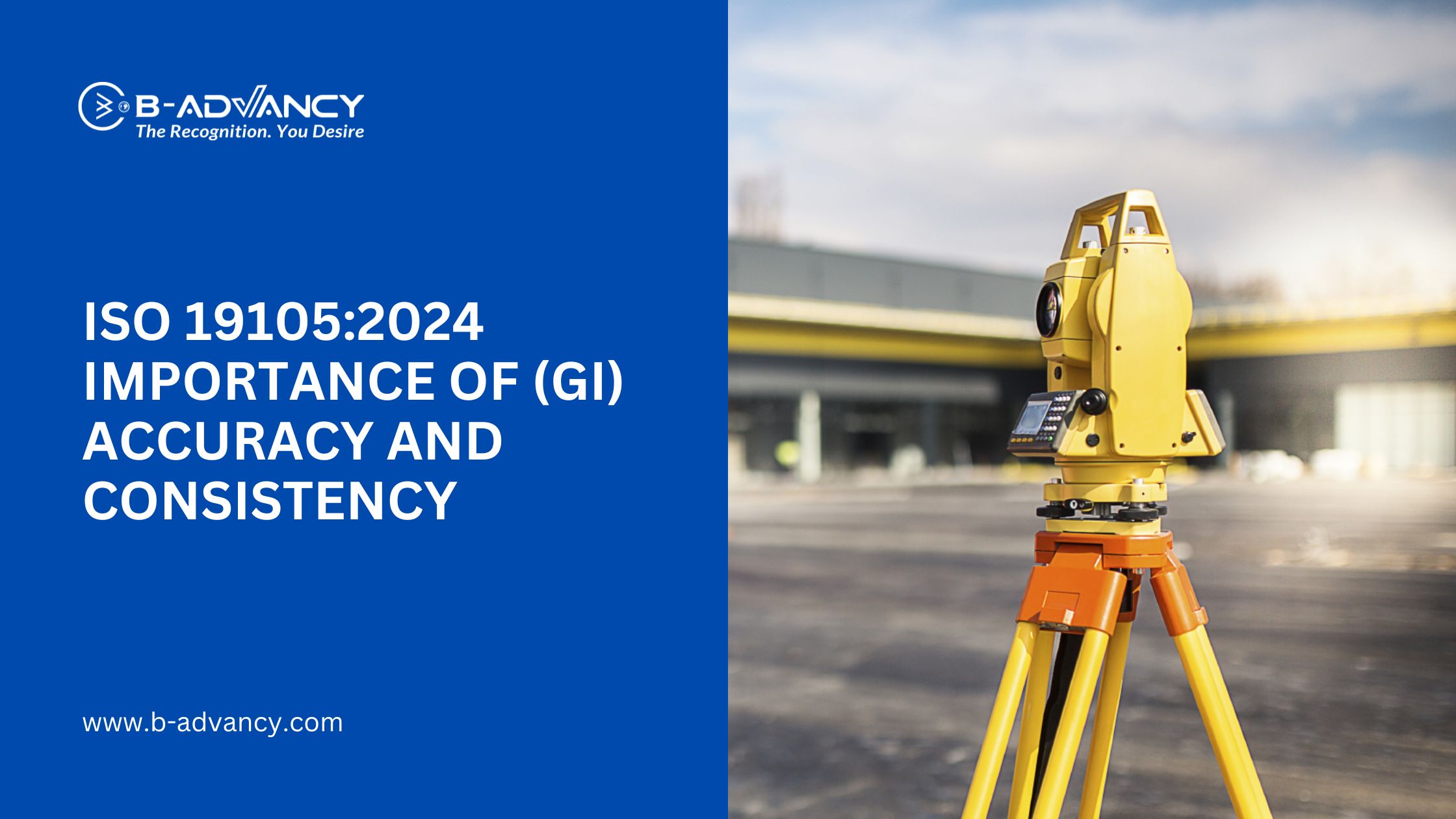
In today's data-driven world, Geographic Information (GI) plays a critical role in various sectors. From environmental monitoring and urban planning to navigation and disaster management, accurate and consistent GI is essential for informed decision-making.
Imagine using a navigation app with inaccurate location data. Frustrating, right? Inaccurate GI can lead to more than just inconvenience. It can have real-world consequences, impacting everything from emergency response efforts to infrastructure development projects.
This is where ISO standards come in. The International Organization for Standardization (ISO) develops a wide range of standards, including those for GI. These standards provide a common framework for creating, managing, and exchanging GI data, ensuring its accuracy, consistency, and interoperability.
Published in April 2024, ISO 19105:2024 is the latest version of this critical standard. It supersedes the previous version, ISO 19105:2008, and is designed specifically for those who create, use, or manage GI data.
ISO 19105:2024 establishes a comprehensive framework, including concepts and methodologies, for conformance testing of GI data. This framework helps ensure that GI data adheres to relevant ISO standards and best practices within specific application domains.
By implementing ISO 19105:2024, organizations can reap several significant benefits:
Improved Data Quality and Interoperability: Conformance testing helps identify and rectify errors in GI data, leading to higher data quality. Additionally, the standard promotes interoperability, meaning GI data from different sources can be easily integrated and analyzed.
Increased Trust and Reliability: When GI data is accurate and consistent, users can have greater confidence in the information it provides. This fosters trust in GI products and services, leading to better decision-making.
Reduced Costs: Inaccurate or inconsistent GI data can lead to costly rework and delays. Implementing ISO 19105:2024 helps minimize these errors, ultimately saving resources.
While the specifics are outlined in the standard itself, the general steps for implementation involve:
Understanding the Standard: Familiarize yourself with the framework and requirements of ISO 19105:2024.
Identifying Conformance Needs: Determine the specific GI standards and domains your organization needs to comply with.
Developing a Conformance Testing Plan: Outline the testing procedures you will use to assess your GI data against the chosen standards.
Conducting Testing: Execute the testing plan using appropriate tools and methodologies.
Addressing Issues: Identify and correct any discrepancies found during testing.
Maintaining Conformance: Establish processes to ensure ongoing compliance with the standard.
Several resources are available to help organizations implement ISO 19105:2024. These include:
* National standardization bodies (e.g., ANSI in the US, BSI in the UK) often offer training and guidance.
* Consulting firms specializing in GI and ISO standards can provide implementation support.
* Online resources such as ISO's website and industry associations can offer valuable information and best practices.
ISO 19105:2024 plays a vital role in ensuring the accuracy, consistency, and interoperability of GI data. By implementing this standard, organizations can build trust in their GI products and services, improve efficiency, and ultimately make better decisions based on reliable information.